
Welcome! Thank you for your interest in Horton Common, our small site for caravans, motorhomes, and tents.
Horton Common is located in the Staffordshire Moorlands with expansive views over the Peak District National Park.
We have a road from the site entrance to our fully serviced hardstanding pitches.
Therefore, our site is ideal for both caravans and motorhomes, even when the weather is being stereotypically British.

- Fully Serviced Hardstanding Pitches
- £20 per night
- Click Here To Book
Horton Common – Winner of Best CS 2015
About
Horton Common is a small site for caravans, motorhomes, and tents located near Leek in the Staffordshire Moorlands.
Setup in 2014 the caravan site is located on the ridge of Lask Edge, with beautiful and expansive views of the Staffordshire Moorlands and Peak District National Park.
Read our about page to learn more about me (Chris) and setting up Horton Common.

Fully Serviced Hardstanding Pitches
At Horton
There is a road from the entrance to each pitch, and every pitch provides hard standing for the caravan/motorhome and car.
Each pitch has a 16A power supply with individual RCD and two freshwater taps, one for a permanent connection and one for filling containers.
A trough and hose system is also provided to each pitch for grey water disposal.
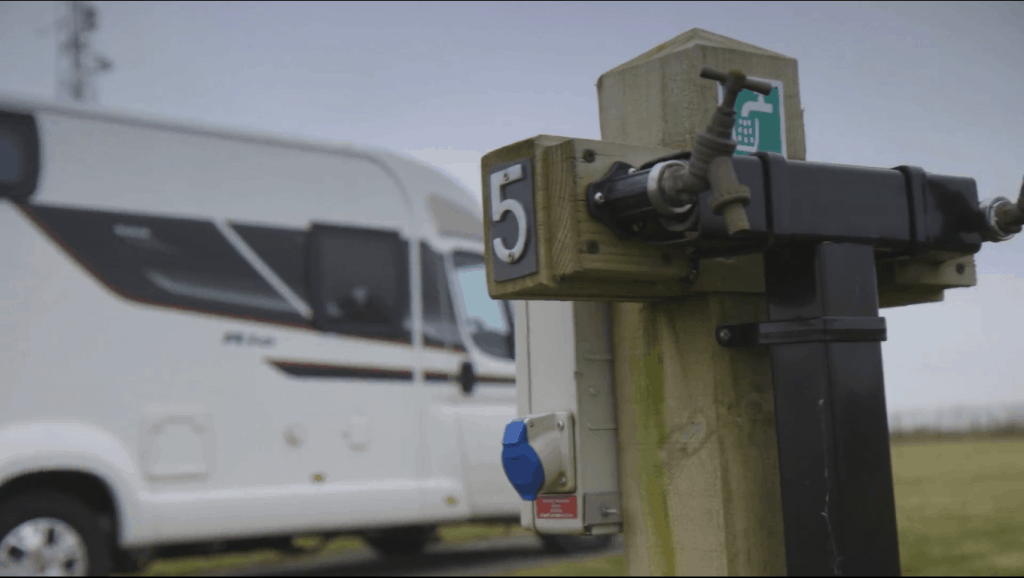
Wide Entrance with Good Visibility
As caravanners ourselves, we set up Horton Common with all the features and services we would want on our ideal small caravan site.
As such, we made sure that Horton Common had a wide entrance and that the gate to the site was set back 18m.
Hence, you can pull straight off the public road and onto Horton Common without having to open a gate.
However, we do have a gate to Horton Common, which also has a code lock. Guests are provided with the code to open the gate upon booking.
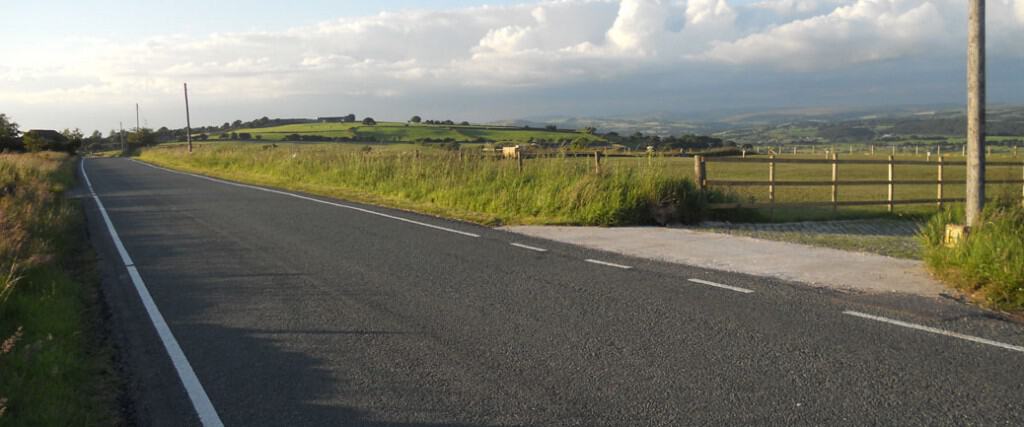
Easy to Use CDP (Chemical Disposal Point)
We raised the CDP emptying point to be as easy to use as possible. The fencing provides privacy and shelter from the wind.
We have received many positive comments from our guests over the years on how easy our CDP at Horton Common is to use.
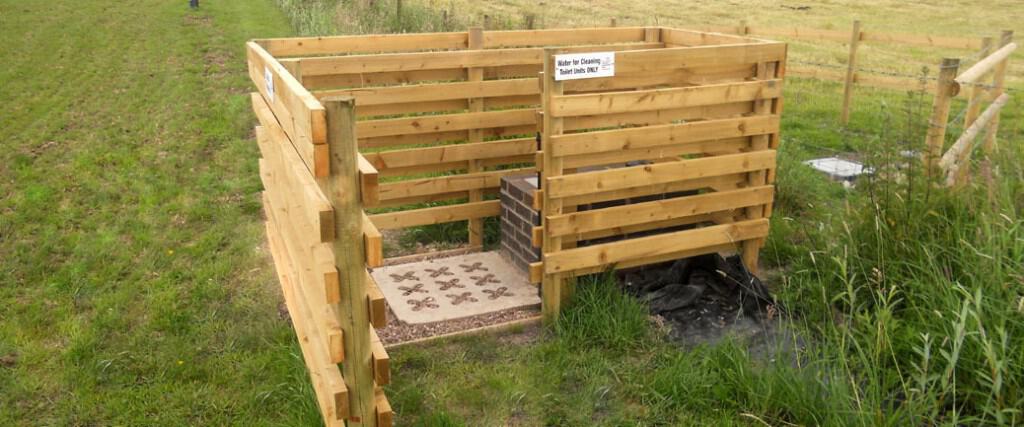
On-Site Defibrillator
We have a defibrillator installed on-site, which is part of a local network. You can read more about this AED (Automated External Defibrillator) in this post.
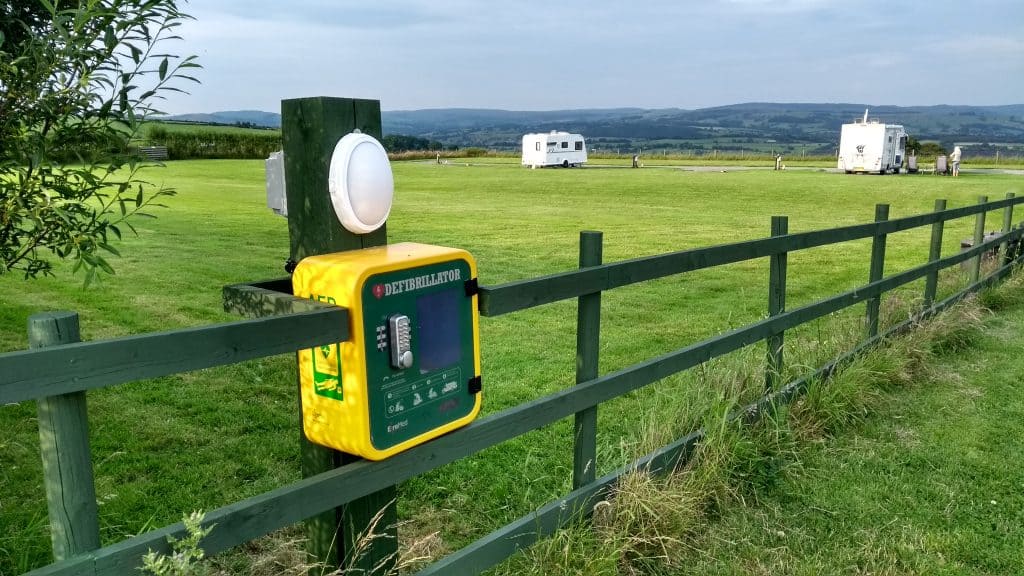
Guest Photos


Places to Visit





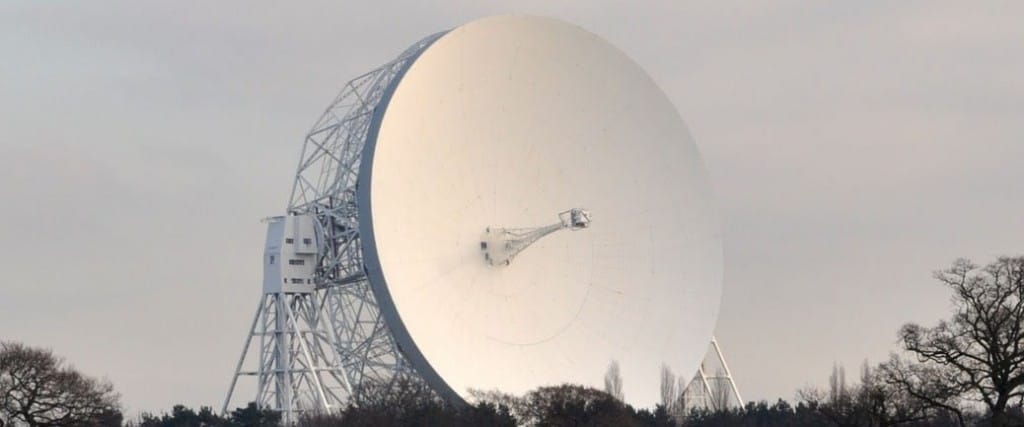
Want To Visit Horton Common? – Book Here

